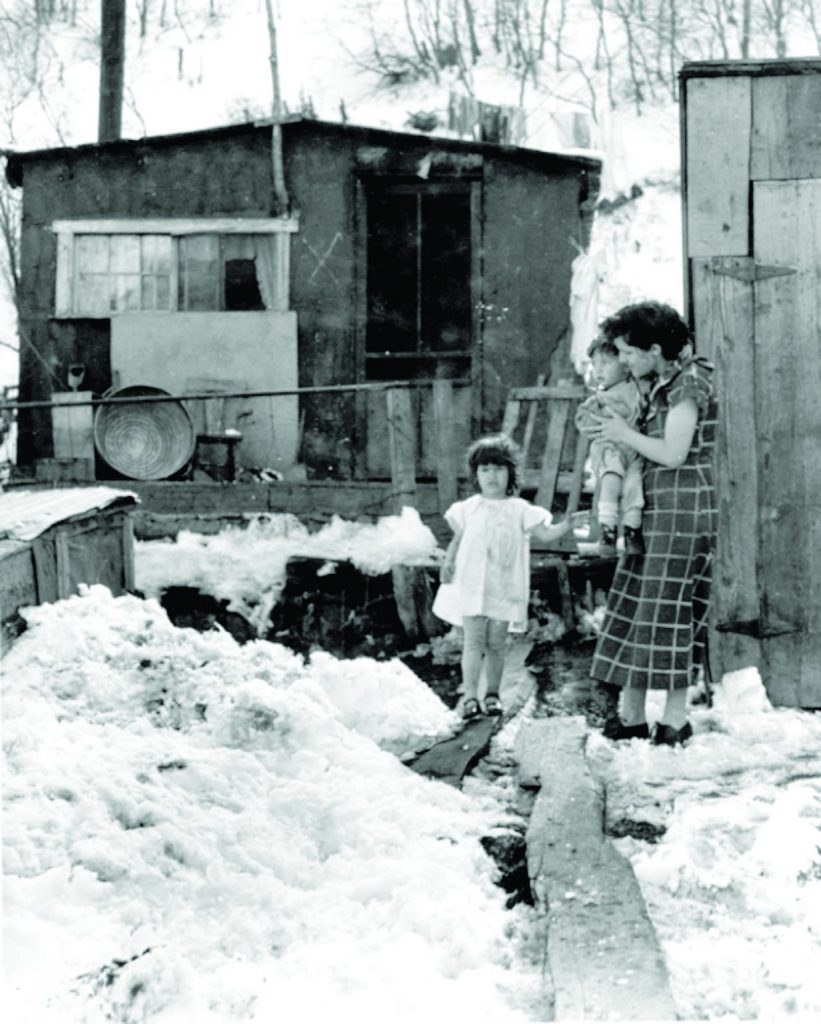USU Eastern Museum hosts speaker Charmaine Thompson

This archived article was written by: Steven Cloward
When people talk about archaeology, they typically think about prehistoric objects such as pottery and projectile points from home and distant lands. But, what if there is more to archaeology than meets the eye?
At the February Castle Valley Archaeology Society (CVAS) Chapter meeting hosted at USU Eastern’s Prehistoric Museum, nationally respected Manti-La Sal National Forest archaeologist Charmaine Thompson spoke about “The ‘Other’ Archaeology of Castle Valley” and explained the difference between prehistoric archaeology and historic archaeology.
Thompson explained that historic archaeology studies places and things that can be contextualized from written records and oral traditions; and, often involves more than just a single race, culture or lifestyle.
For Thompson, one of the most fascinating aspects of archaeology is the recent past of Carbon and Emery counties. She says that between the two counties they hold over 7,700 documented sites.
These sites include saw mills, farms and coal mines from the late 1800s to the mid-1900s and contain objects that would not normally be considered artifact, such as glass bottles and rusty old cans.
According to Thompson, by studying the materials and manufacturing processes of these objects, it can be determined when a person lived, what they were doing at the time, and who made the objects.
Because strict laws need to be followed when looking at or excavating sites, Thompson says that certain questions need to be asked, such as “What happened here and why? Are these sites important? How will the project affect the site? If loss can’t be avoided, how can we make up for those losses?”
One historic archaeological site of particular interest to Thompson was Pondtown, a small 1930’s coal mine located in the Manti-La Sal National Forest west of Scofield Reservoir.
Fortunately, the excavation site provided clues to where she could find documents linking the site to the owner. She found that the Christopherson family from Provo owned the mine. From there, she discovered that the coal was being transported to Provo and was sold from the owner’s own backyard. Today, you can still see the remains of heavy coal rocks from where the coal was sold.
However, with the start of World War II, many of the workers left the mine for better employment opportunities and it became too expensive to transport the coal to Provo due to war rationing. After many years of operation, the mine closed.
As can be seen from the story of Pondtown, historic archaeology actually opens a window on stories that were never told in writing; a history not inscribed on paper, but inscribed on the land itself.
Thompson’s presentation brought the viewers from the present to the past and back again.
At the next CVAS Chapter meeting of the Utah Statewide Archaeology Society on March 20th at 7pm at the Prehistoric Museum, USU Eastern’s own nationally respected Archaeologist, Dr. Tim Riley, will be presenting another educational and exciting topic. Please look for flyers or emails for more details.




